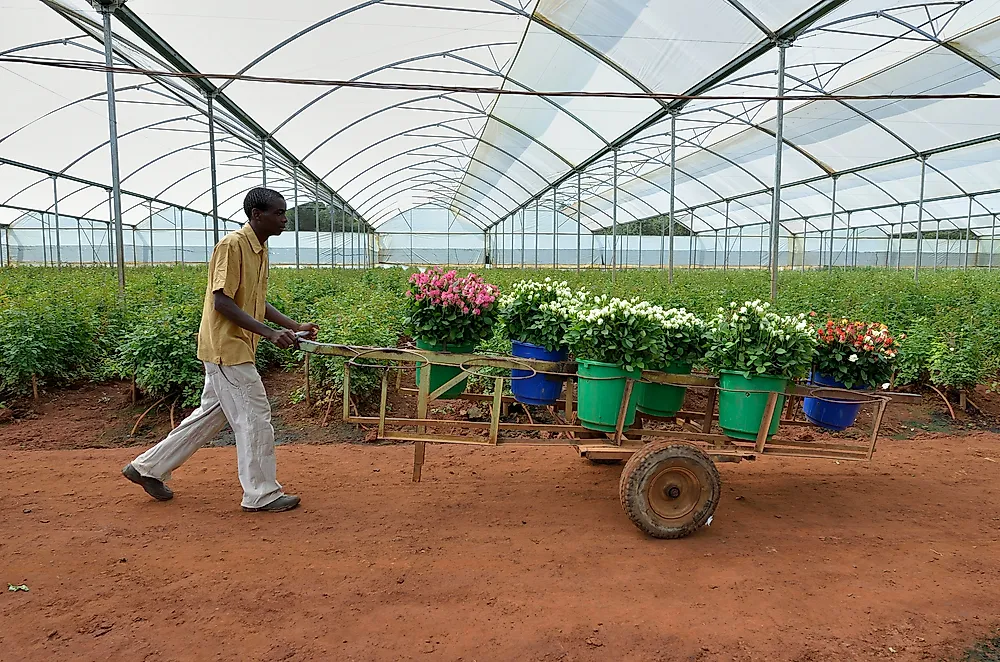What Are The Biggest Industries In Zambia?

Zambia is a south-central African state that is surrounded by Angola, Botswana, Namibia, Botswana, Mozambique, Malawi, Tanzania, and the DRC (Democratic-Republic of the Congo). The Zambian territory was referred to as the Northern Rhodesia until 1911. Zambia is one most-highly urbanized state in the Sub-Sahara Africa with over half of the populations living the urban regions. The country’s GDP has doubled since they gained their independence in 1964. The GDP per capita of Zambia was $4,300 in 2015. Zambia has one of the fastest growing African economies. Some of the biggest industries in Zambia include:
Mining
Copper mining and processing contribute over 85% to the country’s exports. The copper belt situated between DRC and Zambia is one of the world’s largest metallogenic provinces. The copper belt produces the most cobalt in the world. Zambia is the world’s seventh-largest copper producer and the second-biggest cobalt producer. Copper mining had reduced to 228,000 metric tons in 1998, the lowest in 30 years because of uncertainty over privatization, low copper prices, and lack of investment. However, after the industry was privatized, the country recorded an increase in output for the first time since 1973 during the first year of privatization (2001). Zambia copper mines produced 337,000 metric tons of copper in 2002.
Agriculture
Agriculture plays a vital role in the Zambian economy by employing more people than the mining sector. The sector contributed 20% of the Zambian GDP in 2000 and employed (informal and formal) over 85% of the population. Maize is the main staple food and a cash crop of Zambia. Other plants grown in the country include cotton, soybeans, cassava, sunflower seeds, and various fruit and vegetable crops. Flower farming is growing in Zambia.
Tourism
Tourism is one of the primary and growing sectors in Zambia. Tourism contributed 6.5% of Zambia’s GDP, 10% of the formal sector employment, and 7% of government revenues in 2005. Zambia is home to over 2,500 lions and numerous historical monuments, rivers, lakes, waterfalls, and national parks and one of the last states to legalize hunting. Hunting is also a crucial part of the sector even though; the government banned hunting in 2013. The Zambian government lifted the ban for some animals in the plains game after one year. The Zambian government has numerous agreements with the neighboring states like Kenya and Uganda.
Energy
Zambia has numerous self-sufficient sources of electricity, renewable energy, biomass and coal which are largely unexploited. The country produced 10.3TWh of electricity in 2009 and is rated highly in using both hydroelectricity and solar power. Over 28% of the residents in Zambia had access to electricity by 2016, and this included 5% of the rural population and 62% of the urban population. The electricity demand in Zambia increases by 3% every year. Hydropower produces over 85% of the electricity in Zambia.











